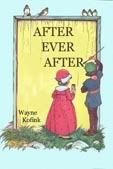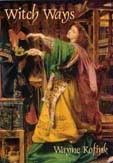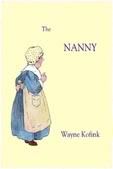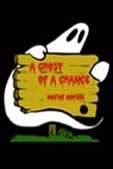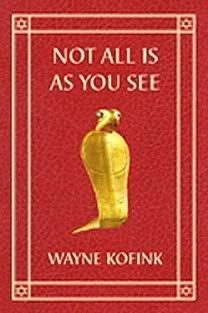MANDALA
This past November I was in Atlanta at the American Academy of Religion and Society of Biblical Literature annual meetings. One of the features was the creation of a mandala by a group of Tibetan Buddhist monks. A manadala is a representation of the universe. As the leader of the monks (the abbot?) explained, the creation of the mandala was to bring blessings on all people.
 |
The Tibetans create very complex mandalas out of sand. The very impermanence of the sand is intentional. Shortly after being created, the mandala is destroyed representing the impermanence of everything.
The making of the mandala began with a 20 minute ceremony of chanting and playing instruments. I had to ask myself about the propriety of attending what is clearly a worship service of a religion I do not share. It didn’t bother the monks that all these people were watching a spectacle, but I wonder what would happen if the roles were reversed and a group of Buddhist monks attended a Christian worship service. There was a time in the early church when that wouldn’t have happened. Worship, at least the Eucharist, was closed to non-Christians. With the push on for “hospitality” and “inclusivity,” I suppose some of our churches would declare that of course non-believers are welcome to commune with us. What non-believers are welcome to is to have faith in Jesus Christ and be baptized, but I increasingly feel like that is a minority position in the ELCA. No wonder we’re in trouble. Sorry for going off on a tangent, but it bugs me.
Anyway, after the ceremony, the monks started making the mandala. Although I didn’t see the very beginning, it looks like they traced the pattern on the table first, and then filled it in with the various colored sands. The monks “paint” with a long, pointed device that they vibrate with a scraper letting tiny amounts of sand flow into the patterns. It took over two days to complete the mandala. I stopped in a couple of times a day to check on the progress. The finished project has the classical form of a mandala with the center consisting of a square enclosing a circle and with four T-shaped gates on the sides of the square.
Then came a closing ceremony at which the leader used what looked to me to be a feather or maybe a flower to disrupt part of the pattern. Along came another monk with a brush who entirely destroyed the work. People were invited to take part of the sand home with them. The rest would be dumped into a body of water to spread the blessings as the water flowed.

The process of painting a mandala as a religious act reminded me of Orthodox painting (or writing, as it is properly called) an icon. There are precise rules for the pattern of icons and the act of creating them is itself an act of worship. I don’t think Protestant Christians have anything similar. Some of us use art, but we don’t treat the making of art as itself an act of worship. Maybe the exception is J. S. Bach and George Frideric Handel signing their musical compositions with S.D.G., Soli Deo Gloira, to God alone the Glory.
It was an interesting experience. I’ll try to write a bit more about what I learned at the meetings next time.
May the Lord bless you on your journey and greet you on your arrival.
Wayne





